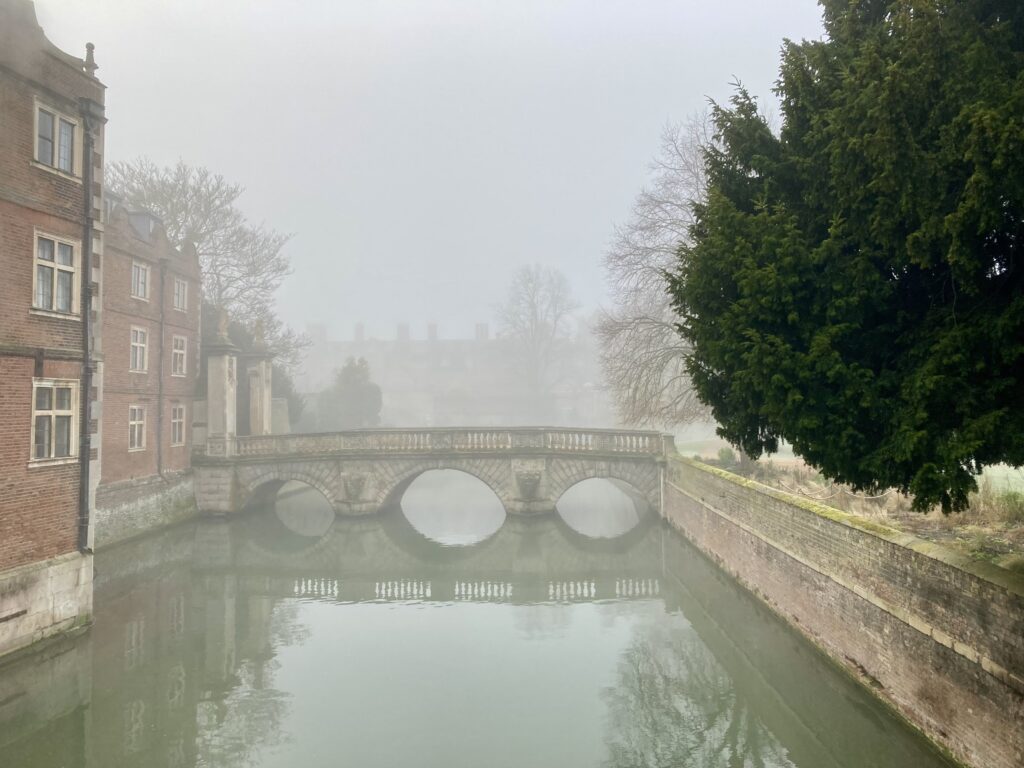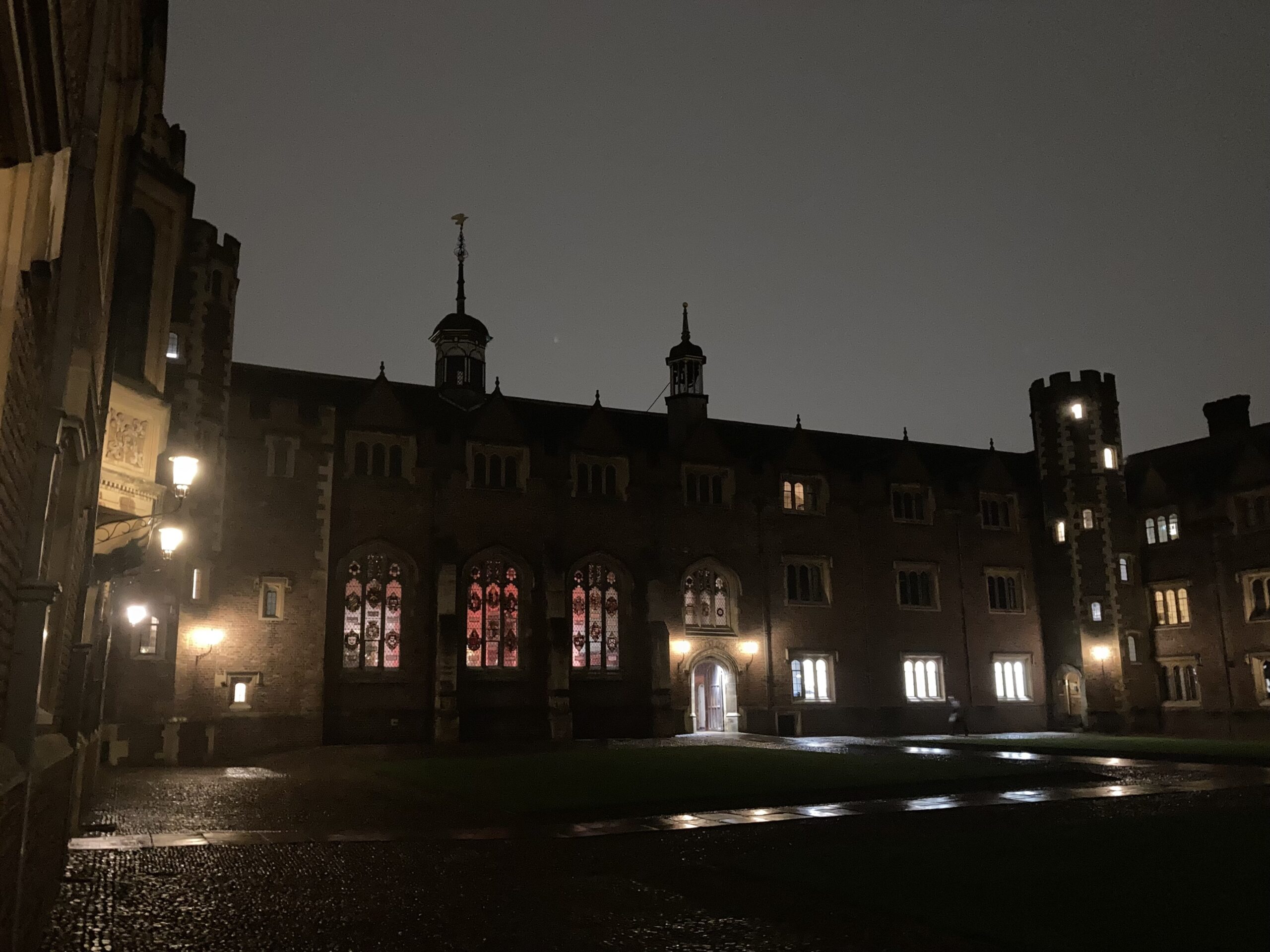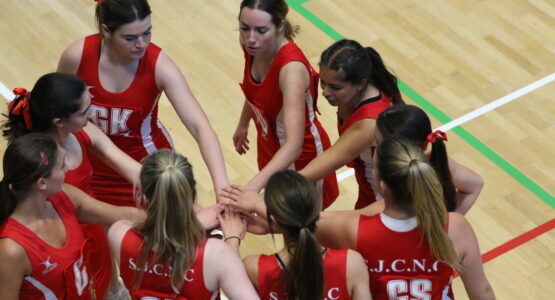How to write the perfect ghostly tale for our Spooky Stories event
The secret to writing a really scary ghost story is all in the twist, according to author Mark Wells (1981) who will be reading one of his own spooky tales at our online Halloween event.
Alumni are all invited to an evening of frightful fun at our free Spooky Stories Virtual Night – an online gathering where eerie tales and ghostly legends take centre stage.

And the call is out for you to submit your own original spine-chilling stories crafted just for the occasion. Those selected will be delivered by our storytellers, who know how to keep you on the edge of your seat.
To help with some literary inspiration for your ghost stories, Mark, author of the Cambridge Gothic trilogy, which is set at St John’s, has given some writing tips.
“I’m a big fan of stories with a twist and I especially love ghost stories that don’t appear to be ghost stories at first, but then you realise something’s happening behind the scenes. The classic film for that is The Sixth Sense,” he says.

“I’d encourage anybody who’s writing a ghost story to do two things: unsettle the reader in the first paragraph, and then retreat back from that unsettling feeling and leave the reader imagining what that jarring note early on means. The classic Victorian ghost story writers all did that a lot, and I think that’s a really good technique.”
The evening will have readings from a selection of modern fiction written for the occasion, classic ghost tales and accounts of hauntings in the College and around Cambridge.
Mark adds that when writing a classic ghost tale the best place to start isn’t necessarily at the beginning.
“Successful commercial writers like Lee Child often do this,” he says.
“There is always a particular scene he wants to write, and the crafting of the story is all about getting to that scene, the one everyone’s going to remember. That scene should have the massive twist in it. So, before you start you should decide what that moment in the story will be. And then the rest of the tale is all about alerting people to the fact something unnatural is going on, but then still surprising them when it happens. That’s the technique for a great ghost story.”

He suggests spending the longest thinking time on the first paragraph, even the opening line. “I devote most of my time to getting that right and the denouement right later on, and then everything else in between is much easier to do,” he says.
He also recommends reading the classic ghost story The Monkey’s Paw by WW Jacobs for a masterclass in scary writing.
Mark’s own story for the evening is called A Late Arrival, a tale set in the shadowy corners of the old courts which many of you know have their share of ghostly legends.
“On a night when the snow is falling thick and fast over the courts of St John’s, an old professor answers a knock at the door and discovers that the past has come calling,” says Mark.
“From the first time I stepped into St John’s as a nervous Oxbridge candidate, I knew its forbidding architecture and sightless statues would make the perfect setting for a ghost story. It was a December evening, and it was a bit wintry. There weren’t that many people about because term was over. With the surname Wells, I was the last interview that day. I walked through the courts there and looking around, it felt very ghostly. I just thought, this is a really spooky place, and that image really stayed with me throughout my life.
“So when it came to writing my fantasy novels, that was partly the reason I set the series here.”
When he was studying Law at St John’s, Mark even lived on the famous haunted staircase in Second Court, where the ghost of James Wood is said to lurk. When Wood was a student in the late 18th century he was very poor and couldn’t afford to keep his rooms heated and lit, so he would sit on the ‘O’ staircase and use the light from other rooms to see his work. He went on to serve as Master of the College but is reputed to pay a visit to his old haunt from time to time.
“I never saw him,” says Mark.
“But I knew catering staff who swore, because they used to work in the Wordsworth Room, that they had seen this boy sitting at the top of the stairs with his bare feet in a bucket of straw, reading a book. Peter Linehan, who was my old tutor, used to do a really great ghost story tour of the College and described the ghost that way.”
Although he never had a ghostly encounter on the staircase, Mark does agree that some other rooms in College have a “slightly creepy feel”. One is the Combination Room. “Maybe it’s because it is a long room with a creaky floor and you hear the echo of your footsteps, or perhaps it’s because it is only lit by candles rather than electric lights, but you definitely get an uncanny feeling that someone is standing behind you.”
But submitted stories don’t have to be about the College or Cambridge. They can be set anywhere. And if they are about a real encounter, all the better.
Join us for our free Spooky Stories Virtual Night on Tuesday 28 October from 6–7.30pm . If you have your own ghost story, we want to hear it. Send us your spooky submissions at development@joh.cam.ac.uk and you may be featured during the event.




